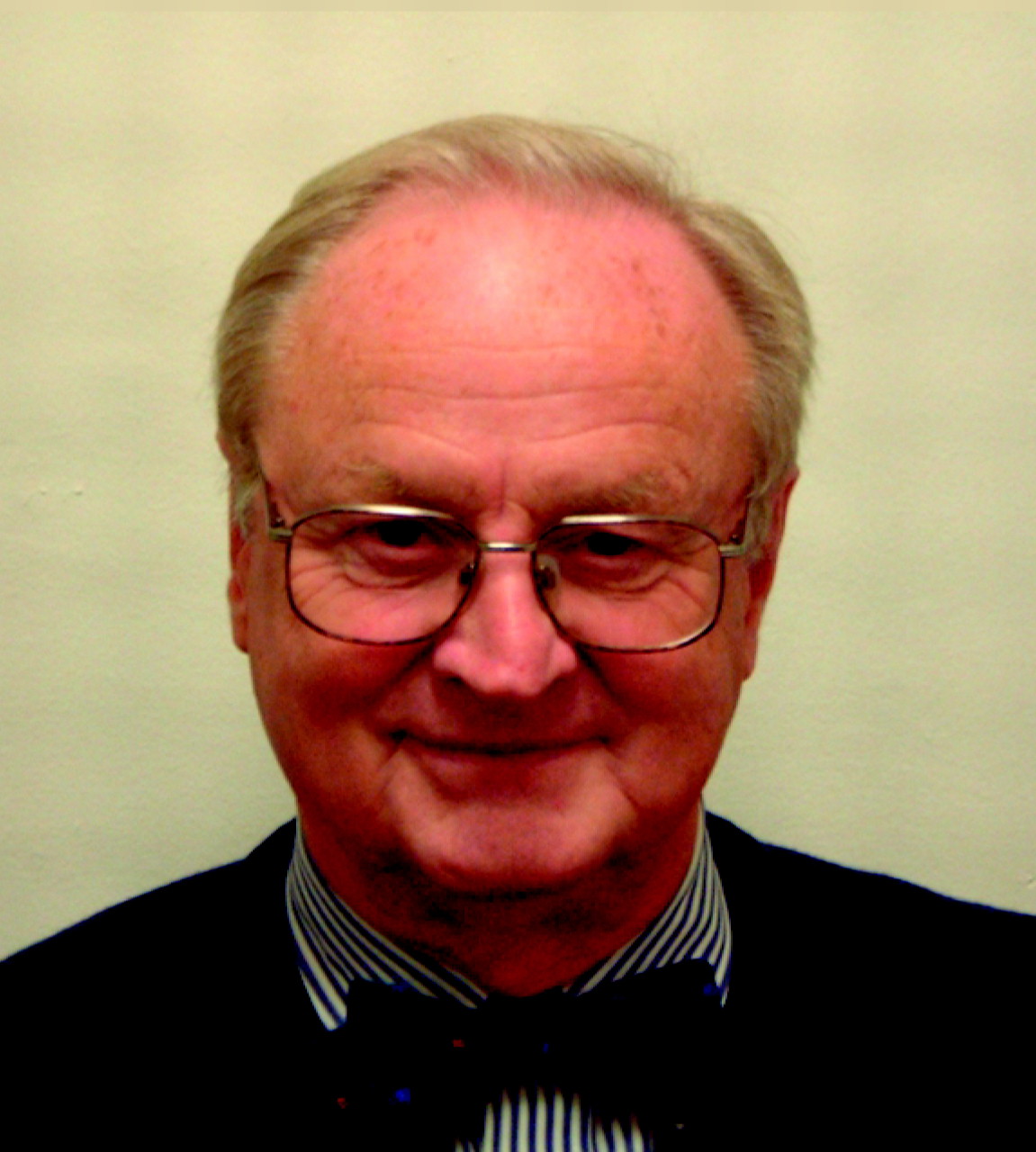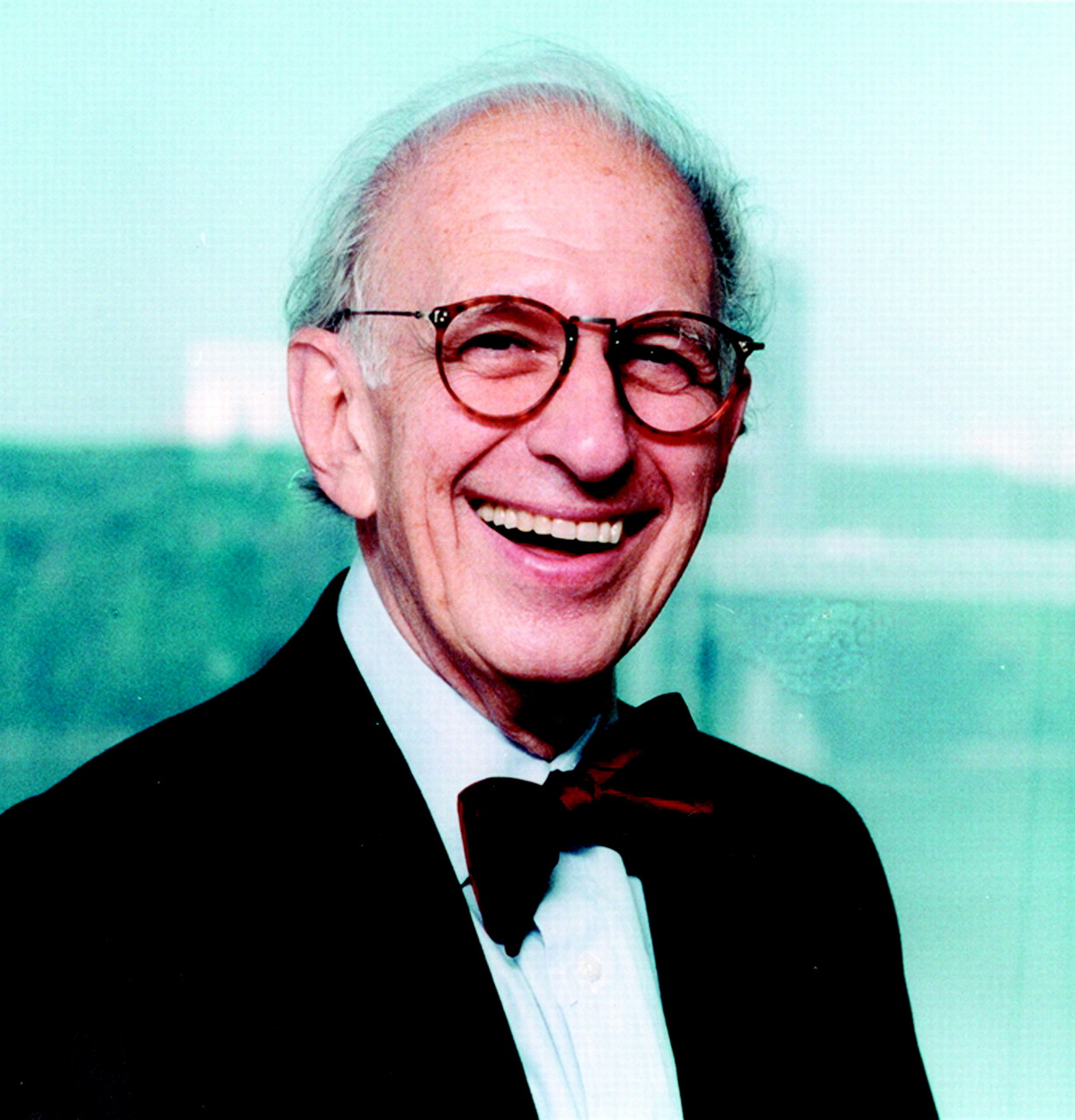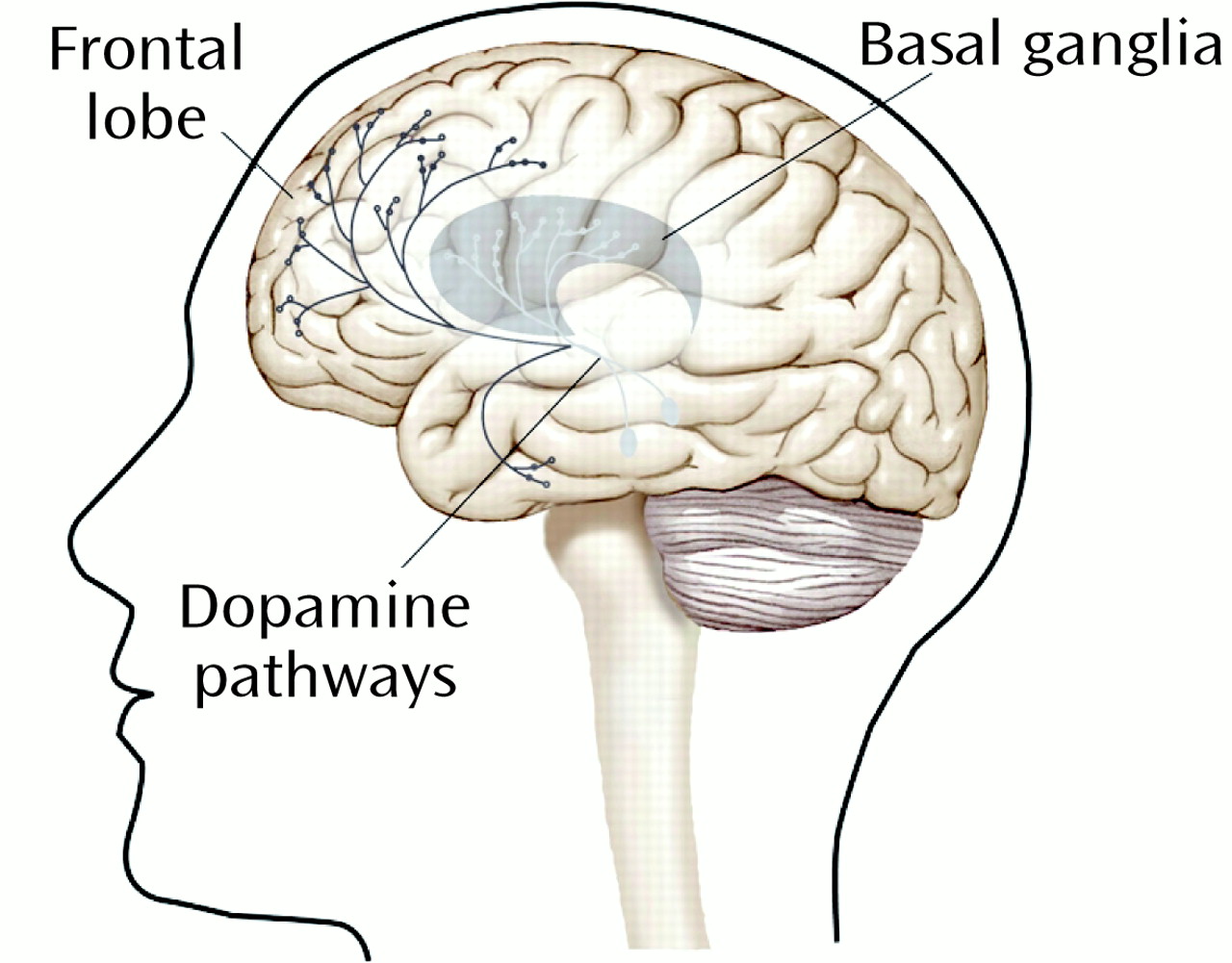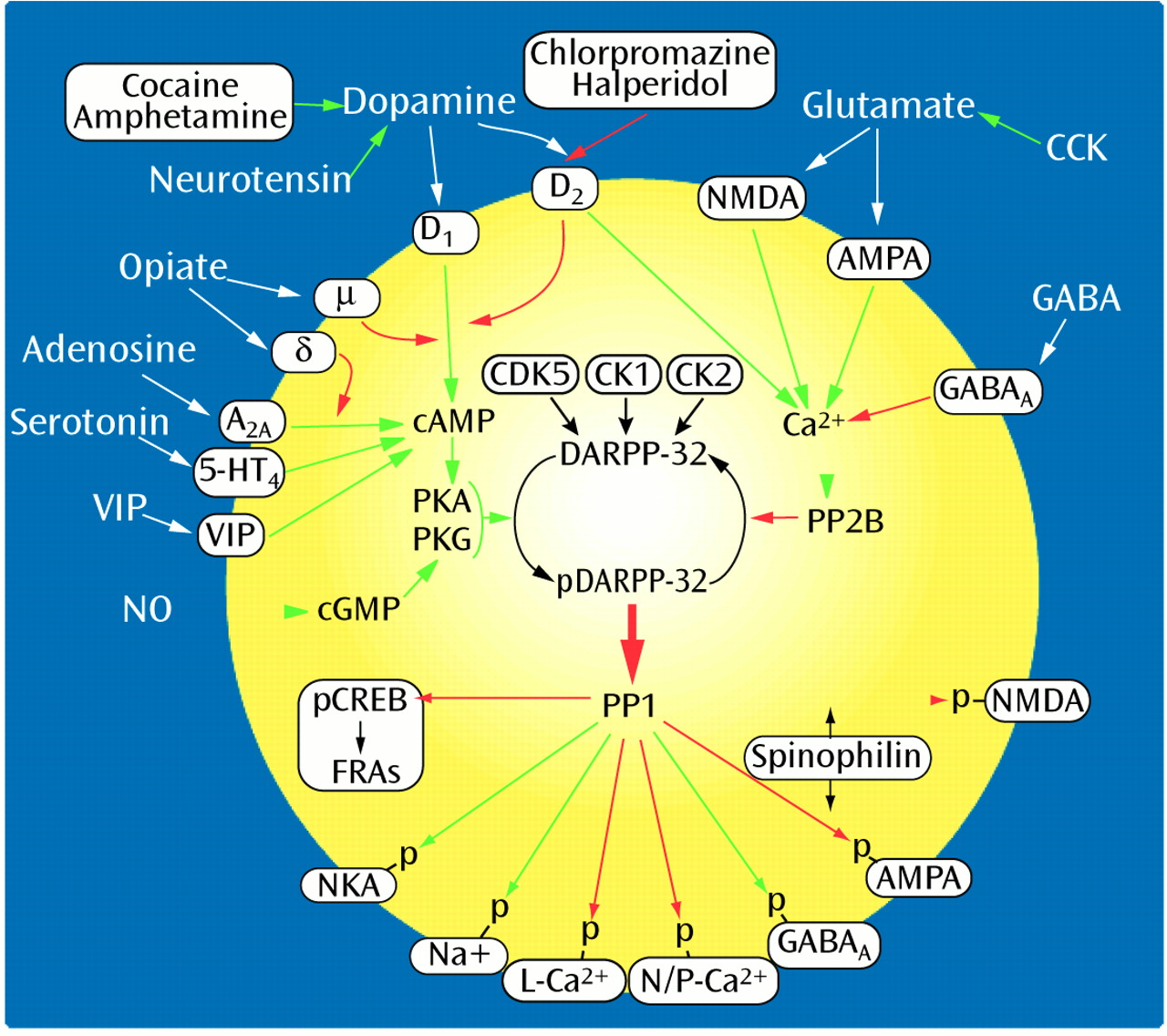Early next week three living heroes of contemporary psychiatry will accept the highest honor that can be achieved in medicine: the Nobel Prize for Physiology or Medicine. These three men, whose achievements are also honored on the cover of this month’s
Journal, are
Arvid Carlsson,
Paul Greengard, and
Eric Kandel. Our tribute to them may be smaller in prestige than the Nobel, but it is grand indeed in the pride and joy that it is intended to convey.
Arvid, Paul, and Eric have made contributions that provide the scientific basis for the clinical practice of psychiatry for hundreds of thousands of psychiatrists and their millions of patients throughout the world. The recognition of their work by the Nobel Assembly indicates that contemporary psychiatry has indeed come of age and that the practice of psychiatry stands on scientific foundations as strong as any in medicine. This is only the fourth time that the Nobel prize has been given for achievements directly related to mental illness. Early winners were Wagner von Jauregg for the malarial treatment of syphilis (1927) and Egas Moniz for prefrontal leucotomy as a treatment for schizophrenia (1949). In 1970 Julius Axelrod received the prize for his work on the reuptake mechanisms of norepinephrine, which was critical for understanding the mechanism of action of antidepressant medications. Combined with the work of Axelrod, the contributions of these three winners in 2000 indicate that psychiatry has advanced from the biomedical dark ages to an era of true scientific enlightenment. Because of their work, modern psychiatric treatments—both pharmacologic and psychotherapeutic—are based on sound evidence and rational principles.
Arvid Carlsson, a neuropsychopharmacologist at the University of Gothenburg, is best known as the man who developed the
dopamine hypothesis. He was the first to discover that dopamine is an important neurotransmitter in the brain and later to hypothesize that it plays a role in schizophrenia. This contribution has permitted us to understand the mechanism of action of antipsychotics and has led to the development of many new medications to treat psychosis. Thanks to Arvid, many patients with schizophrenia throughout the world are able to live in the community and lead fuller and happier lives.
Paul Greengard, a neuroscientist at Rockefeller University, has spent his career studying how neurotransmitters such as dopamine actually communicate their signals at the cellular level—the field known as signal transduction. Paul has shown us that the “first messengers,” such as dopamine, cross the synapse and set up a second cascade of signals through “second messengers.” These second messengers, such as cAMP, work through “slow synaptic transmission” because they require additional steps such as the addition or removal of phosphate molecules to and from proteins. One important protein that regulates synaptic transmission, discovered by Greengard, is
DARPP-32. His discoveries of the mechanisms of slow transmission help us understand (and explain to our patients) why many drugs used to treat mental illnesses do not take effect immediately. Paul has generously contributed his prize money to create a fund for women scientists, in honor of his mother, who died giving birth to him.
Eric Kandel, a psychiatrist at Columbia University (and only the second psychiatrist to win “The Prize”), has studied the mechanisms of memory by using a simple animal model, the gill reflex of the
sea snail Aplysia. Eric’s work has shown that the formation of memories occurs at the synapse and that different mechanisms and synaptic changes determine whether the memory is stored for only a short time (short-term memory) or more permanently (long-term memory). His work forms an important foundation for our understanding of “brain plasticity”: the recognition that the brain is a dynamic organ that changes constantly as it learns and stores information from the surrounding world. His discoveries not only illuminate how drugs might affect memory, but also how nonpharmacologic treatments such as psychotherapy can also produce lasting changes in the brain. Eric has recently published two influential articles in the
Journal describing this work (156:505–524 and 155:457–469).
Arvid, Paul, and Eric are all fine human beings as well as fine scientists. They approach their work with both passion and compassion, driven by a desire to ameliorate human suffering and generous in their willingness to share their knowledge with colleagues and students. We are fortunate indeed to have them in our midst, as explorers of the frontiers of neuroscience and psychiatry, and as role models for future generations of clinicians and scientists.







